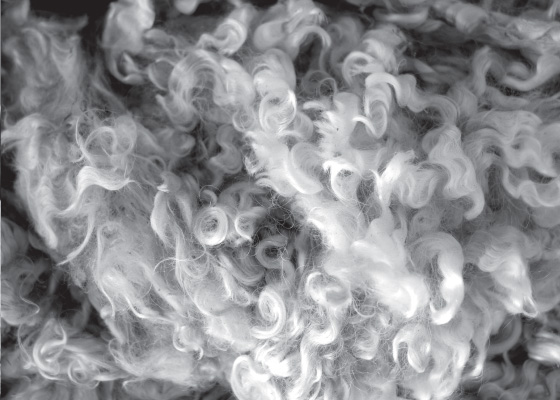
The word ‘pashmina’ is derived from the word ‘Pashm’ which is Persian for the word wool.
SADHU Pashmina is woven from the soft, downy undercoat of the Capra Hiracus or the Himalayan mountain goat. This nimble high-altitude creature is also referred to as the pashmina goat. And it is the goats that live at an altitude of over 4,500 metres that produce the finest wool. When the winters set in, the goats grow the fine, warm pashm on their throats and bellies, keeping themselves warm in snow and temperatures that dip to -30 degrees.
The finest, whisper-soft pashm comes from Changtang in Ladakh where nomadic herders from the Changpa tribe tend flocks on the arid plateaus of Changthang, at altitudes of 14,000 feet. The Changpas are traditional shepherds whose livelihoods depend on herding goats, yak and sheep. In late spring, before their herds molt, the shepherds comb the goats, with a special comb to ensure that the fibre is not broken and collect the fleece. When the snows melt and summer arrives, the pashm is bought or bartered by Ladakhi traders and transported to Leh, where Kashmiri weavers make their purchases. The pashm is then used to spin yarn, which when hand-woven, gives shape to Pashmina as we know it.
IMITATION PASHMINA
Many cheap imitations of Pashmina are available in the market nowadays. These are machine-woven mixed fibre products which degrade the original. The traditional weavers of Kashmir are suffering because of unfair competition from these mixed fibre machine-made products.
